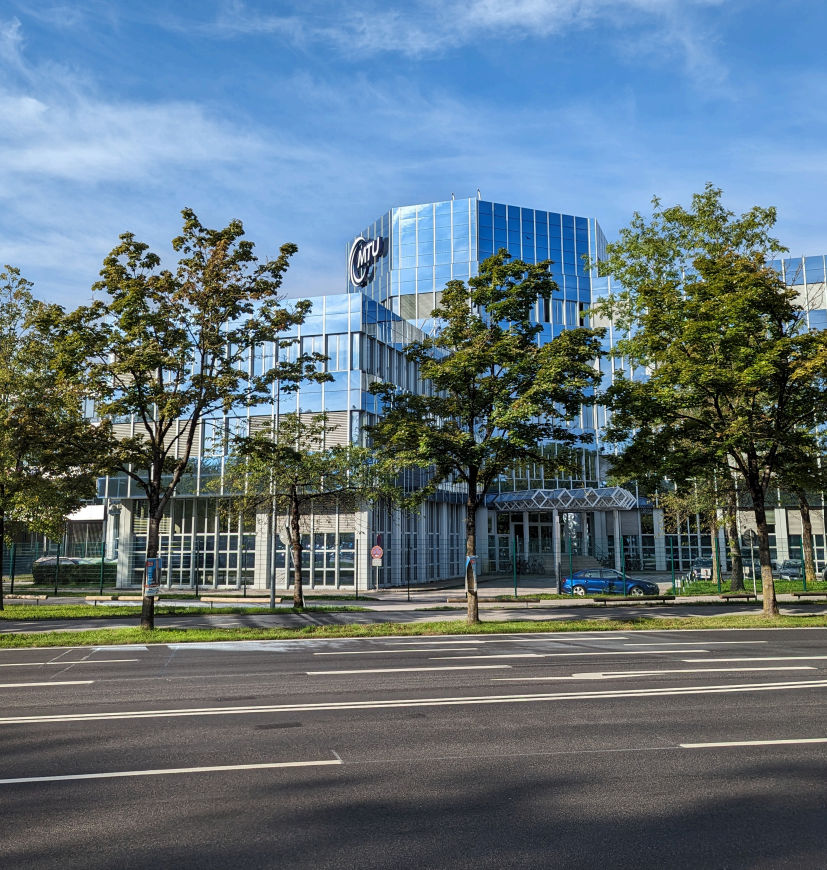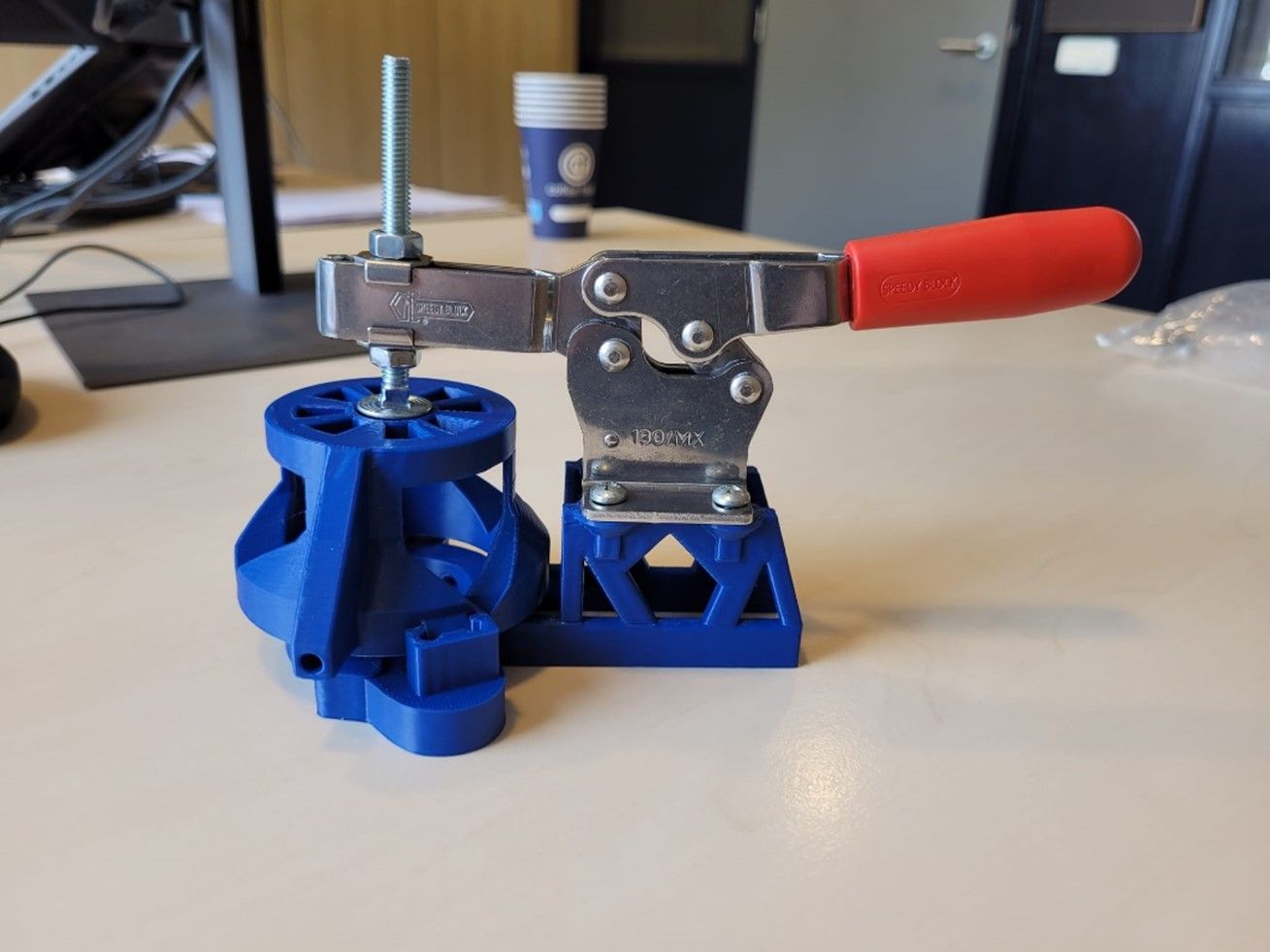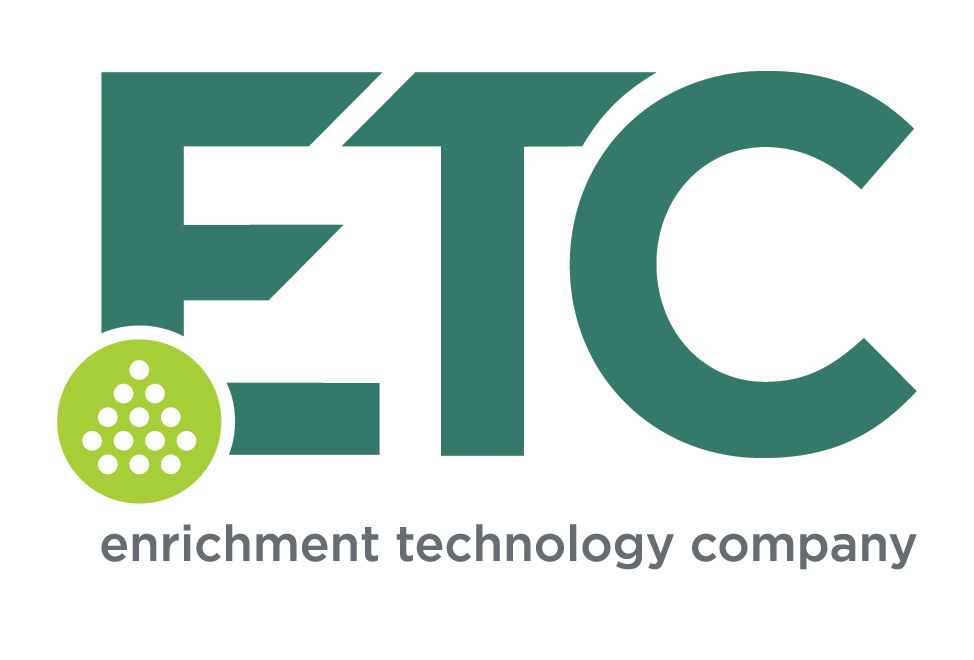MTU Aero Engines
Aircraft engine rotor design demands attention to detail, with optimization serving as an important aspect of the process of improvement. However, as simulation models become increasingly more complex, computational time becomes as a bottleneck, hindering optimization performance. Machine learning techniques, particularly surrogate modelling and data-driven methods might provide a promising solution.
Drawing from my experience in artificial neural networks (ANNs), I have explored their application in aircraft engine rotor optimization. It has been demonstrated that using surrogate models facilitates efficient optimization of components, subsystems, and even entire aircraft engines. Crucially, this efficiency can be harnessed without losing too much accuracy for further using the results.
Moreover, ANNs have proven to provide a numerically efficient tool for sensitivity analysis. By harnessing the power of ANN-based surrogate models, the optimization and sensitivity process is streamlined and made more efficient, unlocking new possibilities for improving aircraft engine performance and efficiency.



























Comments
Log in to read and post comments